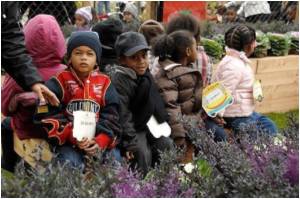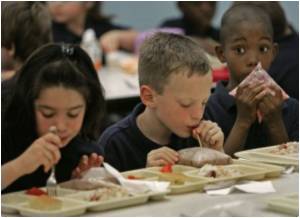Schools encourage children to grow and eat their own produce- an initiative to adopt healthy eating habits

A group of investigators from the University of Melbourne and Deakin University recruited a total of 764 children in grades 3 to 6 and 562 parents participating in the Stephanie Alexander Kitchen Garden Program. The program model is embedded in the school curriculum and includes 45 minutes per week in a garden class with a garden specialist and 90 minutes per week in the kitchen with a cooking specialist. The program is designed to give children knowledge and skills in environmentally sustainable gardening along with the skills to prepare and cook 3- or 4-course meals based on available fresh produce from the garden. Different dishes prepared each week included handmade pastry, bread and pasta, salads, curries, and desserts.
According to Lisa Gibbs, PhD, principle investigator, one of the major themes that emerged from the study was children eating and appreciating new foods. She said, "The program introduced children to new ingredients and tastes, and within a short time almost all children were prepared to at least try a new dish. Teachers at several schools also reported that they had seen a noticeable improvement in the nutritional quality of the food that children had been bringing to school for snacks and lunches since the program had been introduced."
Petra Staiger, PhD, co-investigator from Deakin University added, "Data and class observations also suggested that the social environment of the class increased children's willingness to try new foods. This included sitting down together to share and enjoy the meal that they had prepared, with encouragement to taste but no pressure to eat."
For school gardens, this study emphasizes the other half of the equation to growing the food in school gardens, which is learning how to prepare it…true farm to fork programs.
Source-Eurekalert









